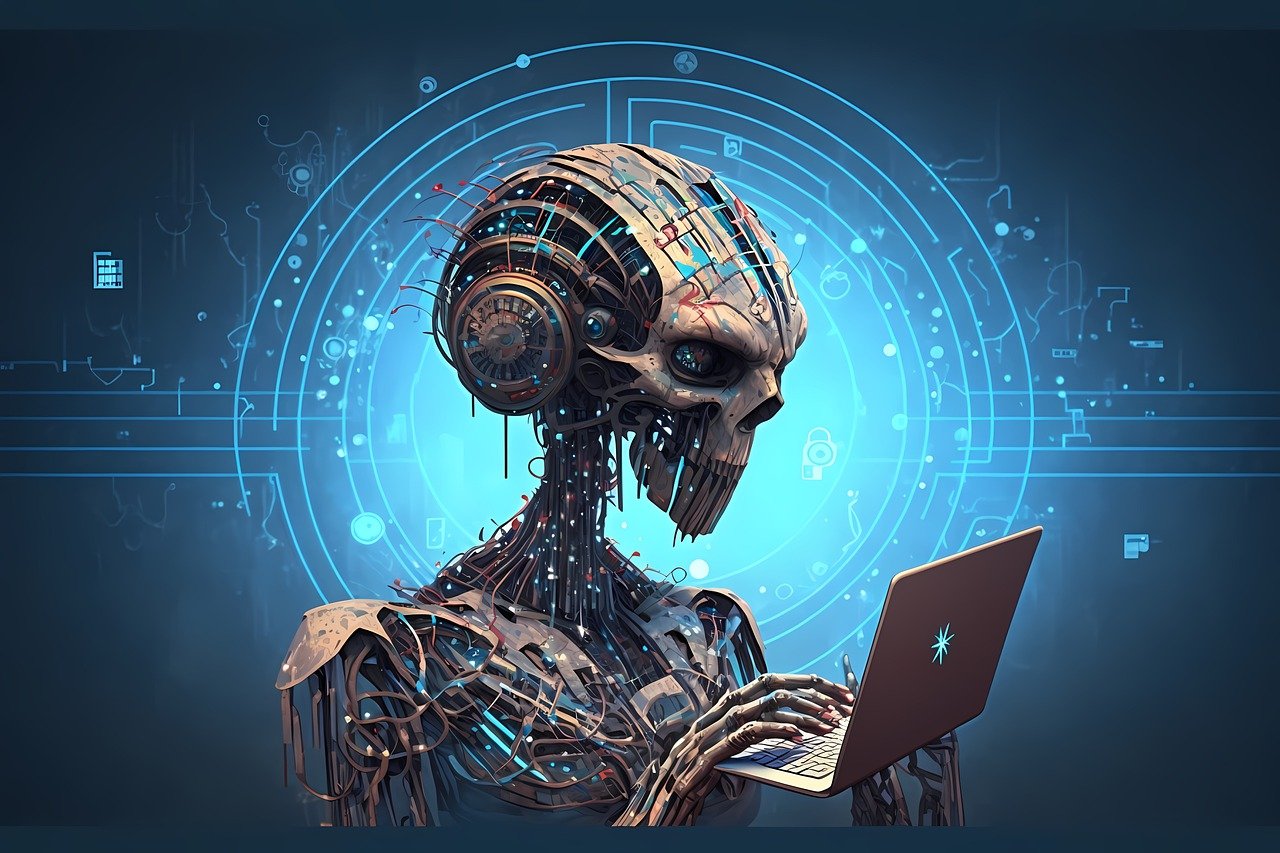Securing our digital landscapes has never been more crucial in an era where our lives are seamlessly intertwined with technology. As we continue to witness an exponential rise in cyber threats, the defenders of our virtual fortresses are evolving just as swiftly. Enter the dynamic duo: Artificial Intelligence (AI) and Machine Learning (ML), the unsung heroes of modern cybersecurity.
In this blog, we’ll embark on a thrilling journey to uncover AI and ML’s invaluable roles in fortifying our digital realm. Safeguarding sensitive information and outsmarting even the most cunning cybercriminals.
Combining AI and Cybersecurity
Imagine having an intelligent sentry guarding your digital assets round the clock, learning and adapting to new threats with each passing moment. This is where AI swoops in as the knight in shining armor. AI’s ability to mimic human-like decision-making processes and process massive amounts of data in real-time grant it a unique edge in cybersecurity.
AI in Information Security
From spotting anomalies in network traffic to recognizing unusual user behavior, AI-powered systems can identify potential threats that might go unnoticed. Let’s break down some key roles AI plays in information security:
- Threat Detection and Prevention: AI algorithms can analyze vast datasets to detect patterns indicative of a cyber attack. This enables security teams to take measures to prevent potential breaches proactively.
- Advanced Phishing Detection: AI-driven systems can analyze email content and sender behavior to differentiate legitimate messages from phishing attempts. Reducing the chances of falling victim to social engineering attacks.
- Behavioral Analytics: AI observes and learns normal user behavior, enabling it to flag deviations that might indicate unauthorized access or data breaches.
AI for Cybersecurity: A Multi-Pronged Approach
Embracing AI isn’t just about reactive defense; it’s about being proactive and predictive. Here’s how AI enhances cybersecurity on multiple fronts:
- Automated Incident Response: AI-driven incident response systems can swiftly contain and mitigate the impact of a breach, minimizing downtime and potential damage.
- Continuous Learning: Machine Learning algorithms can evolve, learning from successful defenses and attacks and enhancing their accuracy in identifying new threats.
- Real-time Threat Intelligence: AI processes real-time threat intelligence data from various sources, providing security teams with up-to-the-minute insights into emerging threats and vulnerabilities.
Machine Learning: Unraveling the Mystery of Anomalies
While AI operates on a broader scale, Machine Learning dives deep into the world of anomalies and patterns. It’s the Sherlock Holmes of the cybersecurity world, spotting the faintest traces of a potential breach.
Machine Learning in Cybersecurity

Source: Pixabay
Machine Learning thrives on data, and in cybersecurity, data is power. Here’s how ML contributes to safeguarding our digital sanctuaries:
- Intrusion Detection: ML algorithms can analyze network traffic to identify deviations from normal behavior, signaling a potential intrusion or malware activity.
- User and Entity Behavior Analytics (UEBA): ML models can recognize unusual user actions, such as unauthorized access attempts or data exfiltration, by establishing a baseline of typical user behavior.
- Zero-day Threat Detection: ML can analyze new and previously unseen threats based on their behavior and characteristics. Allowing security systems to detect and respond to unknown vulnerabilities.
The Future of AI and ML in Cybersecurity
As AI and ML continue to weave themselves deeper into the fabric of cybersecurity, the future holds even more exciting possibilities. Here’s a sneak peek:
- Adaptive Defense: AI systems will adapt in real-time to evolving threats, ensuring a consistently high level of security.
- Cognitive Security: AI systems might develop the capability to understand the context of cyber threats and respond with more nuanced actions akin to human reasoning.
- Enhanced Predictive Analysis: ML models will become more accurate in predicting potential threats, allowing organizations to be one step ahead of cybercriminals.
Conclusion
In conclusion, the fusion of Artificial Intelligence and Machine Learning with the world of cybersecurity has paved the way for a new era of digital defense. From identifying potential threats to predicting future attacks, these technologies are the shield and sword. And this is something we need in our ongoing battle against cybercrime.
As professionals seeking to upskill, embracing AI and ML in cybersecurity could be your ticket to high-paying jobs and other opportunities.




